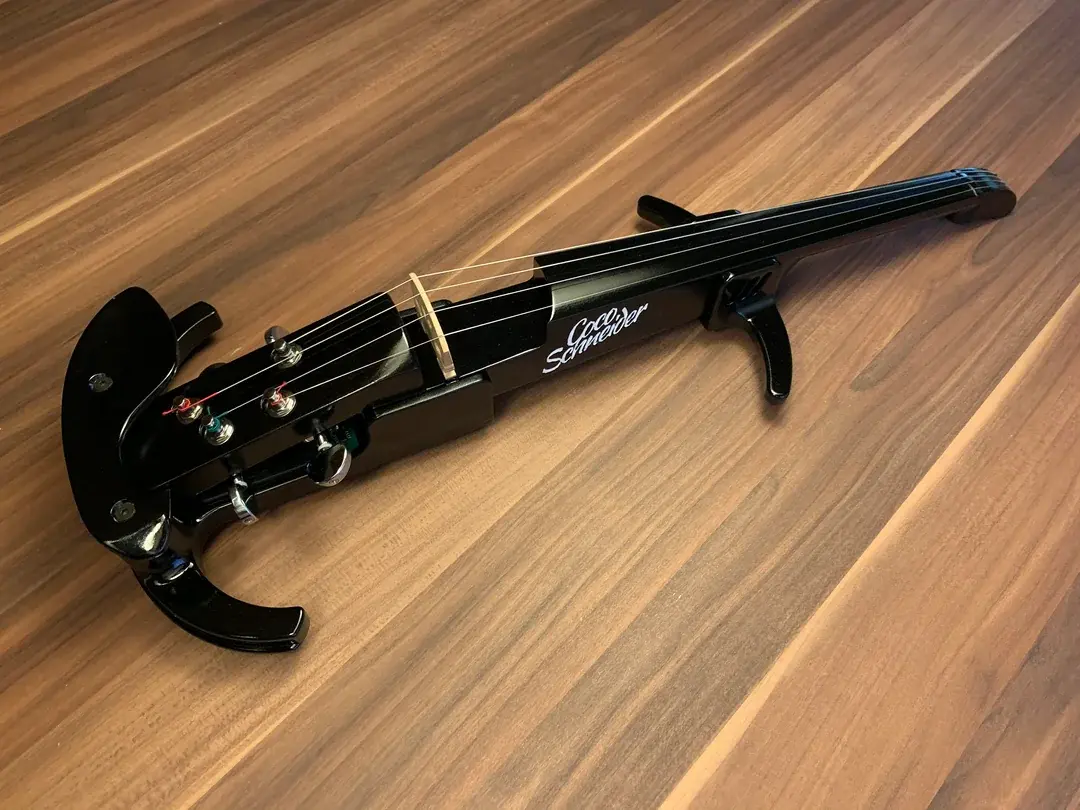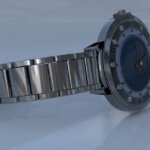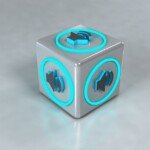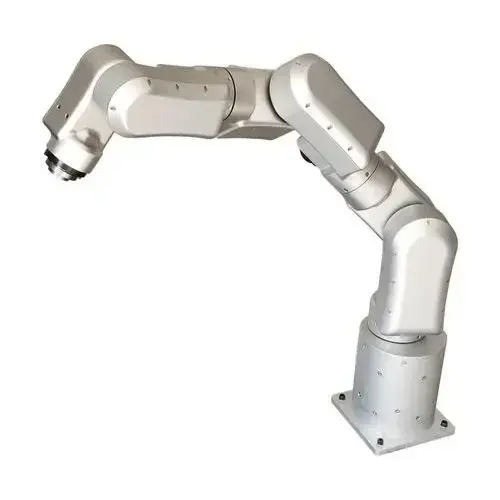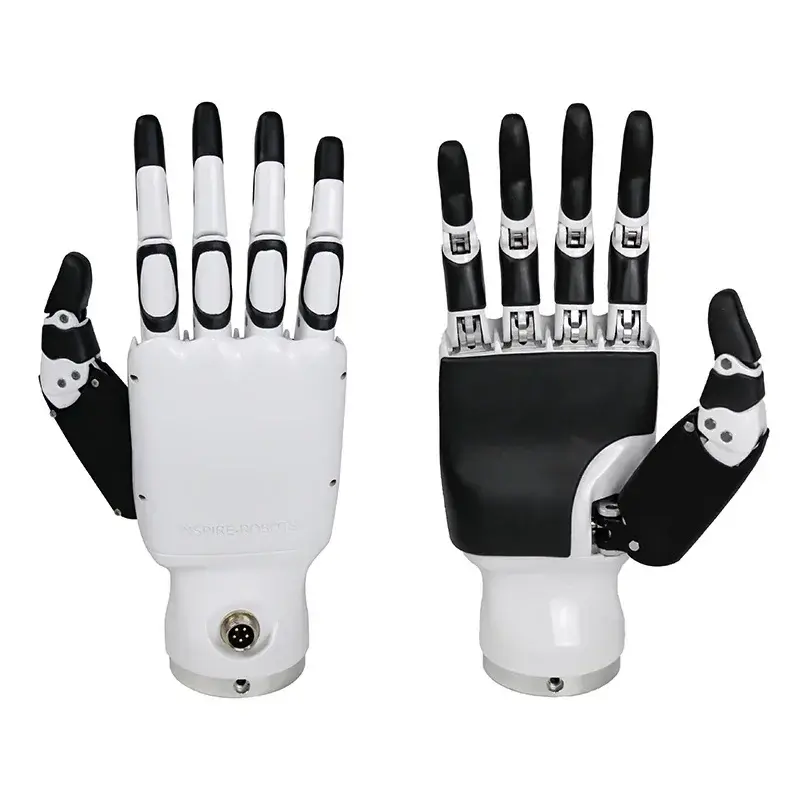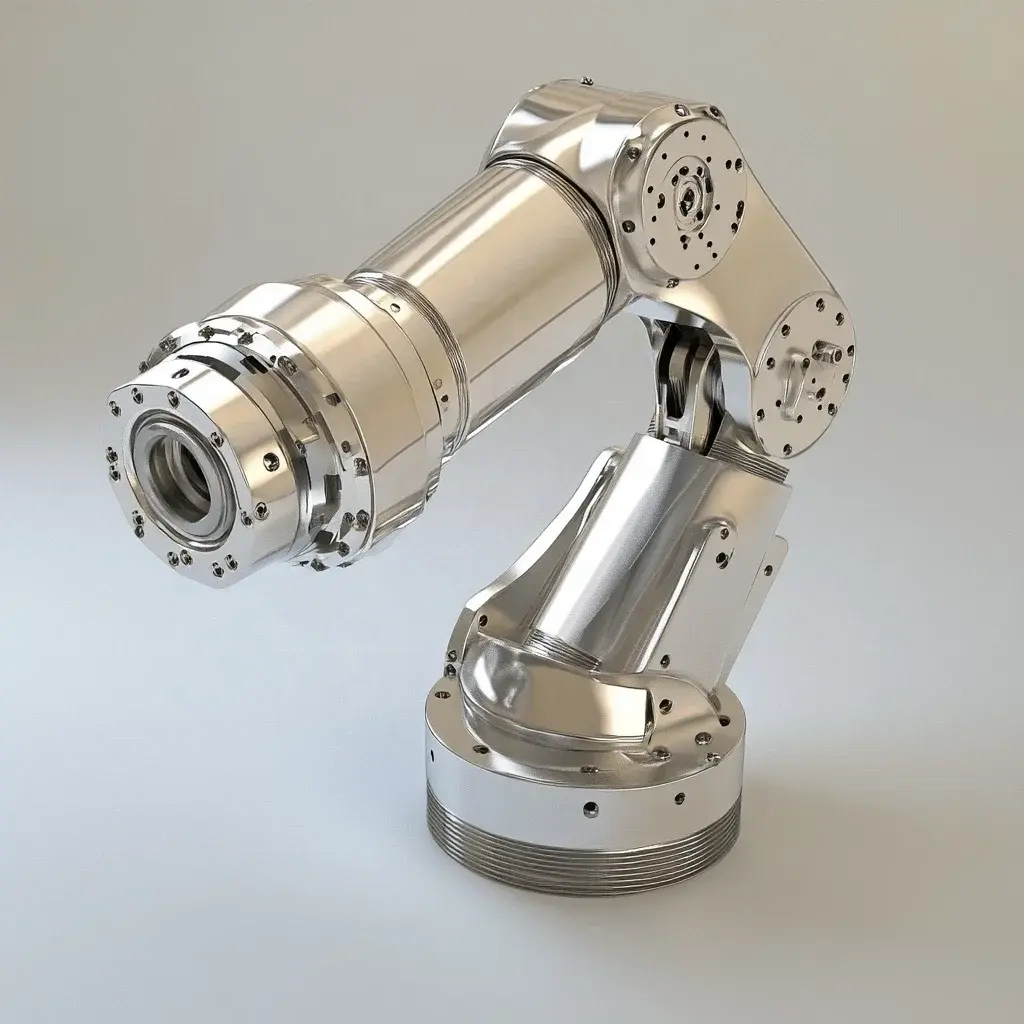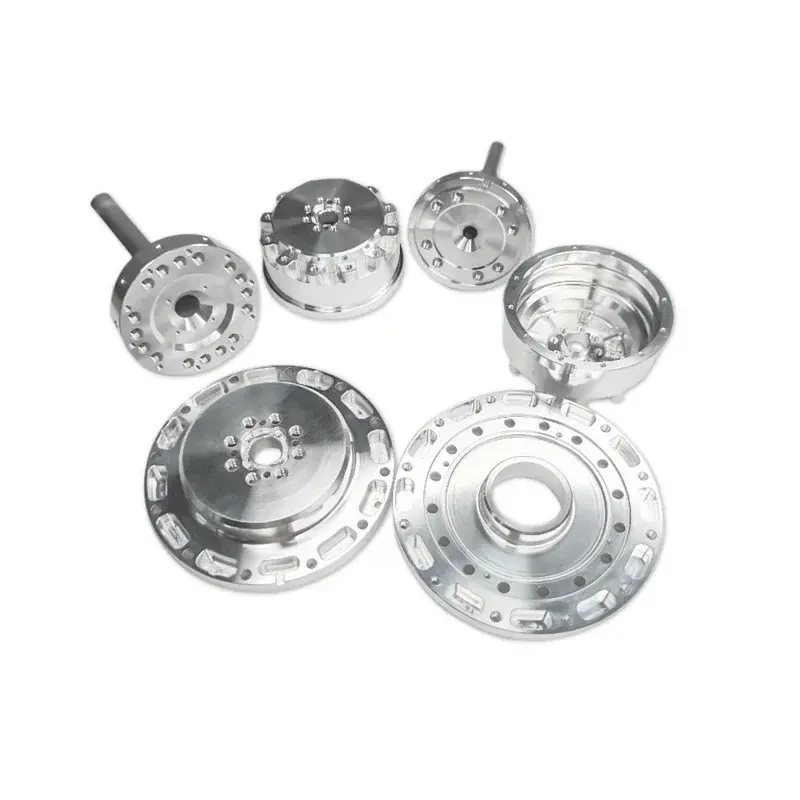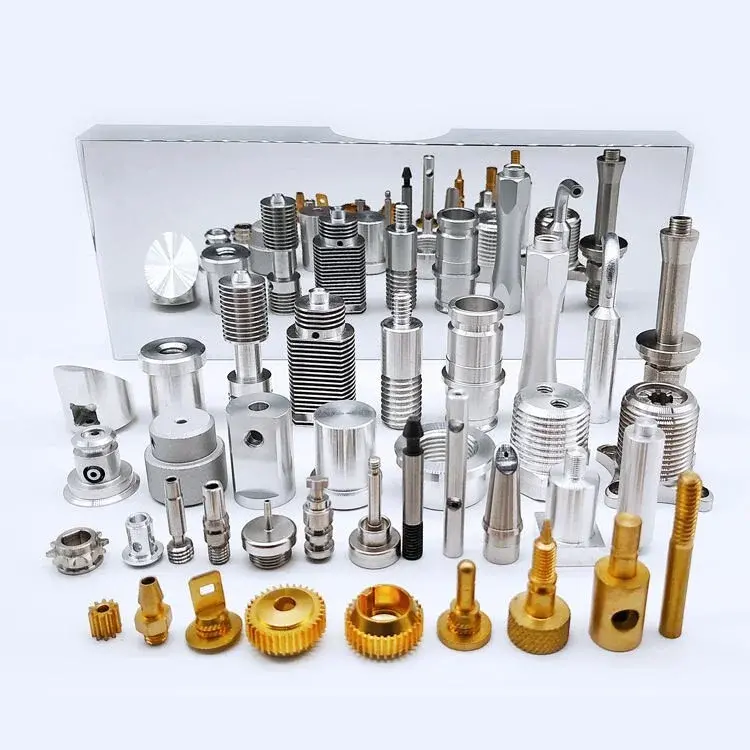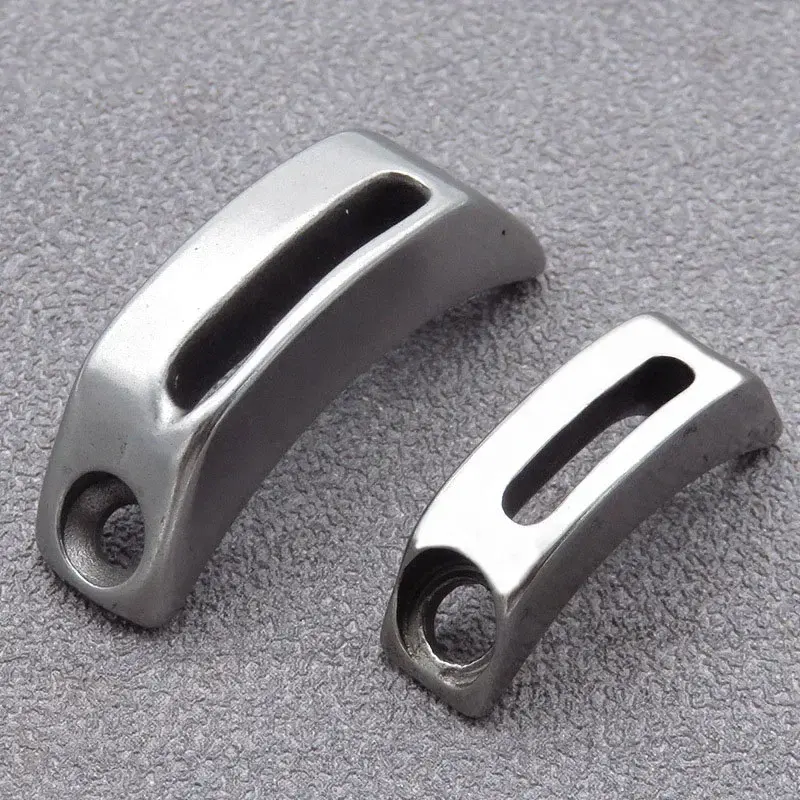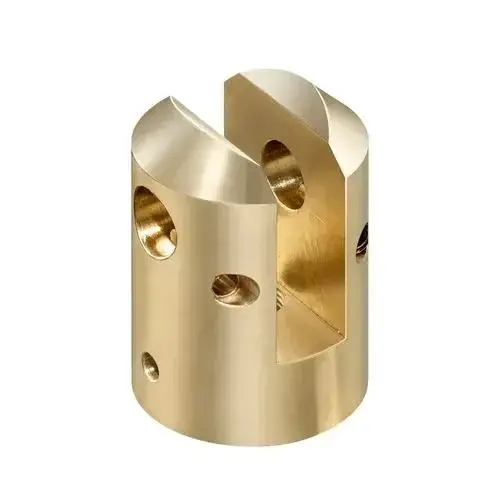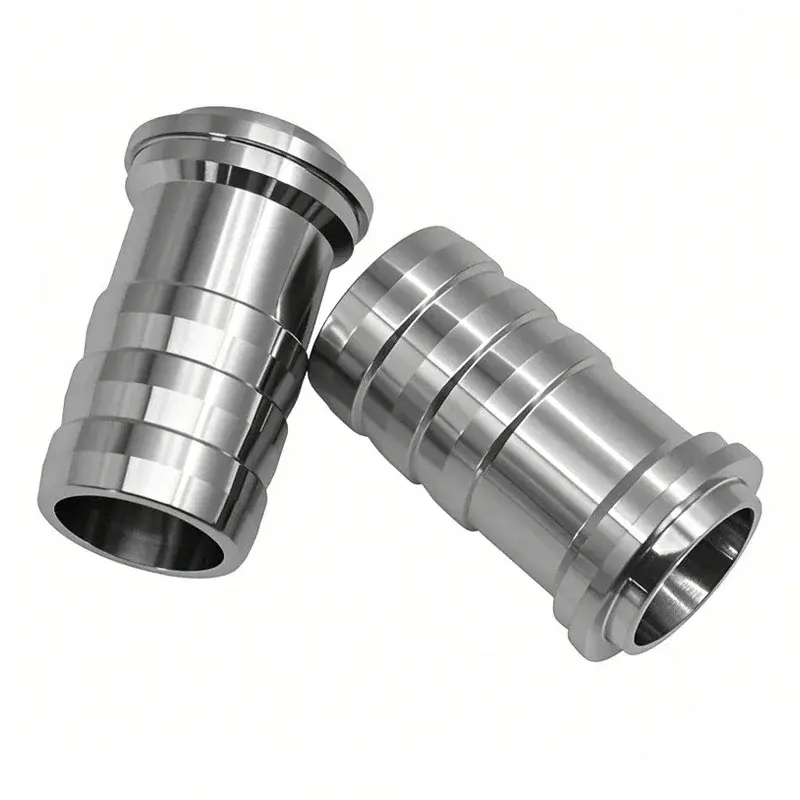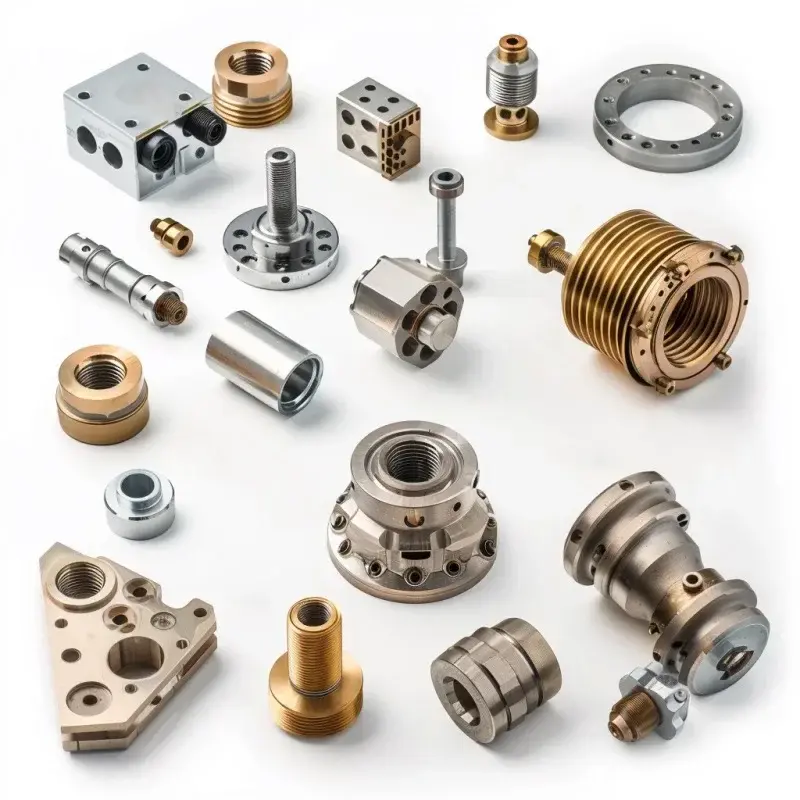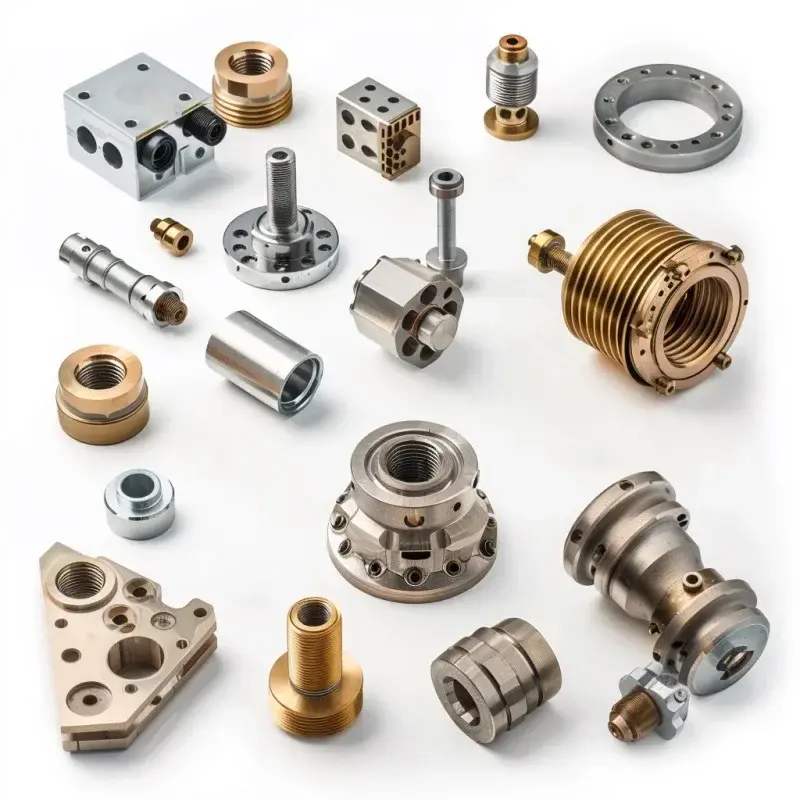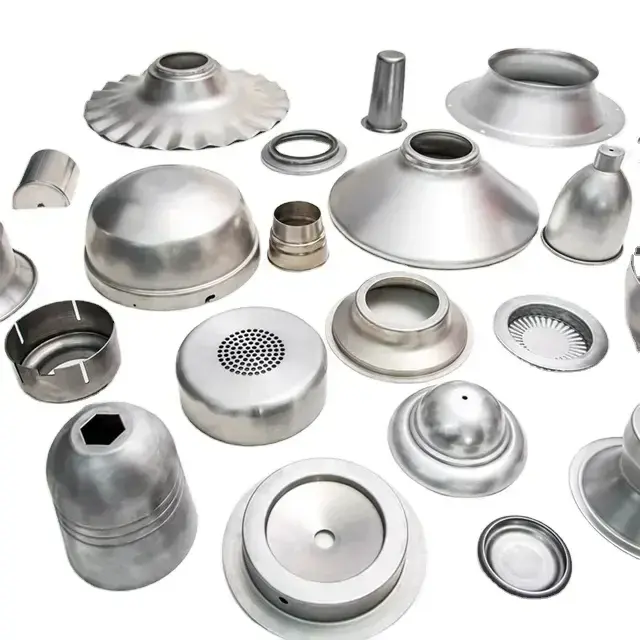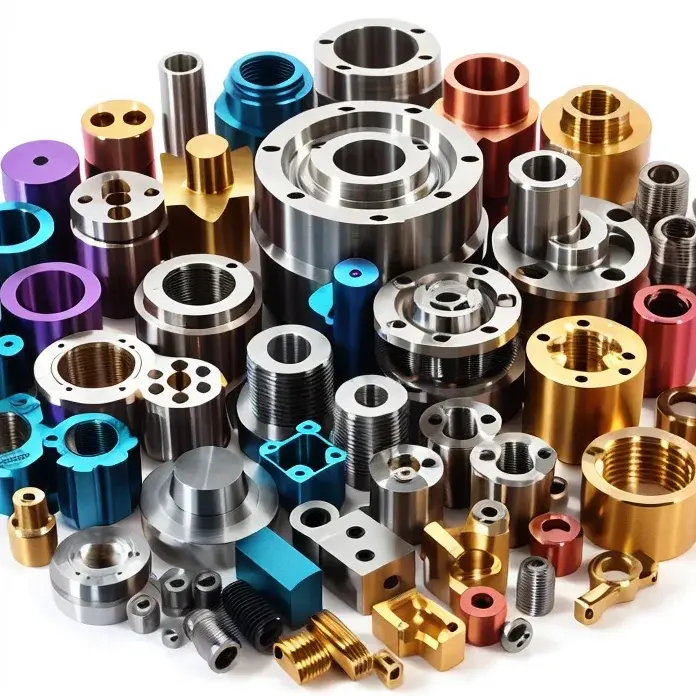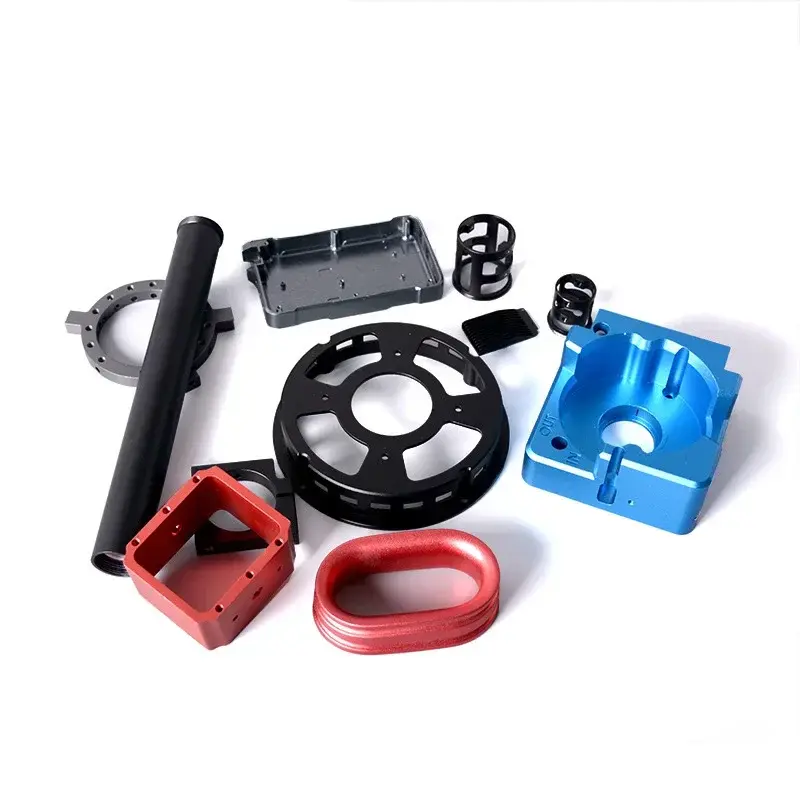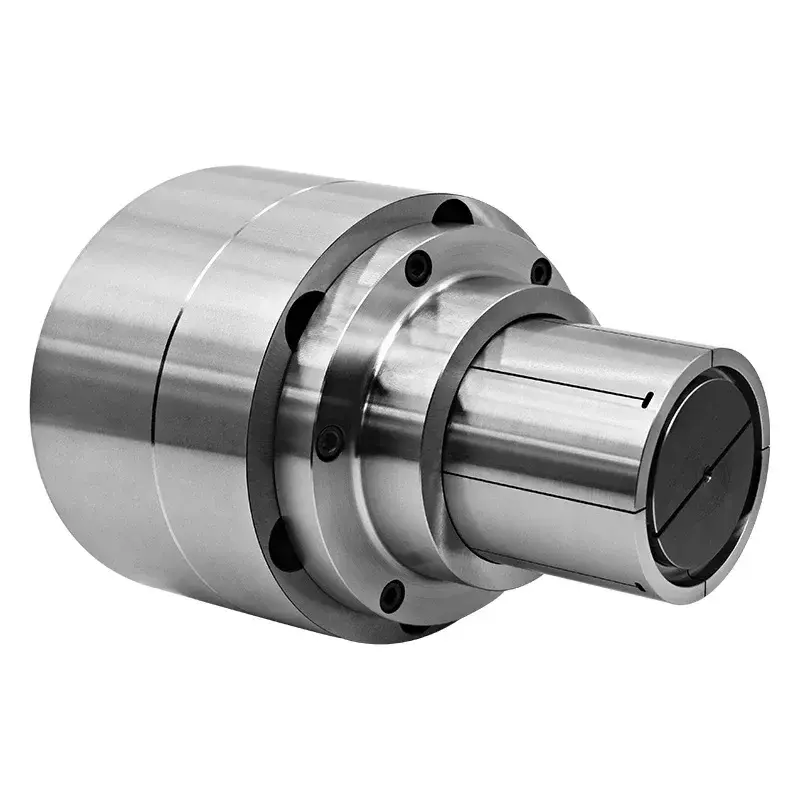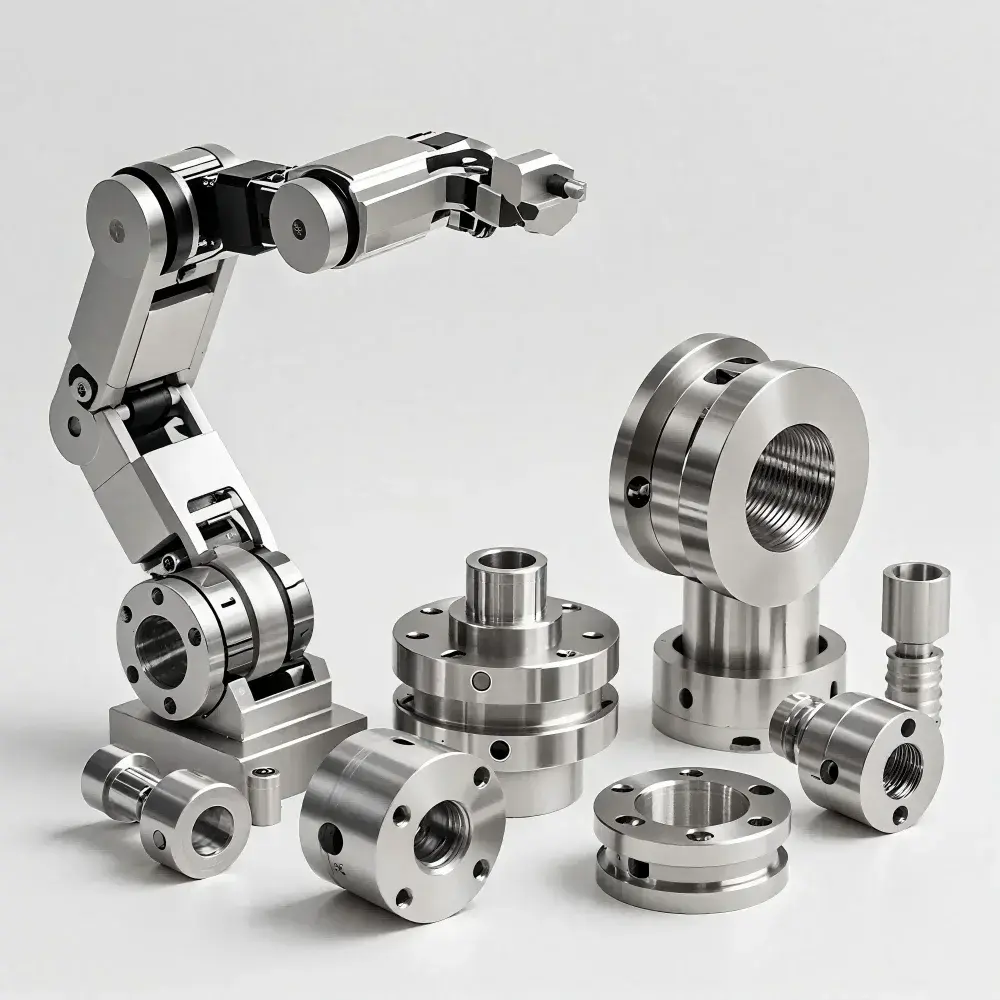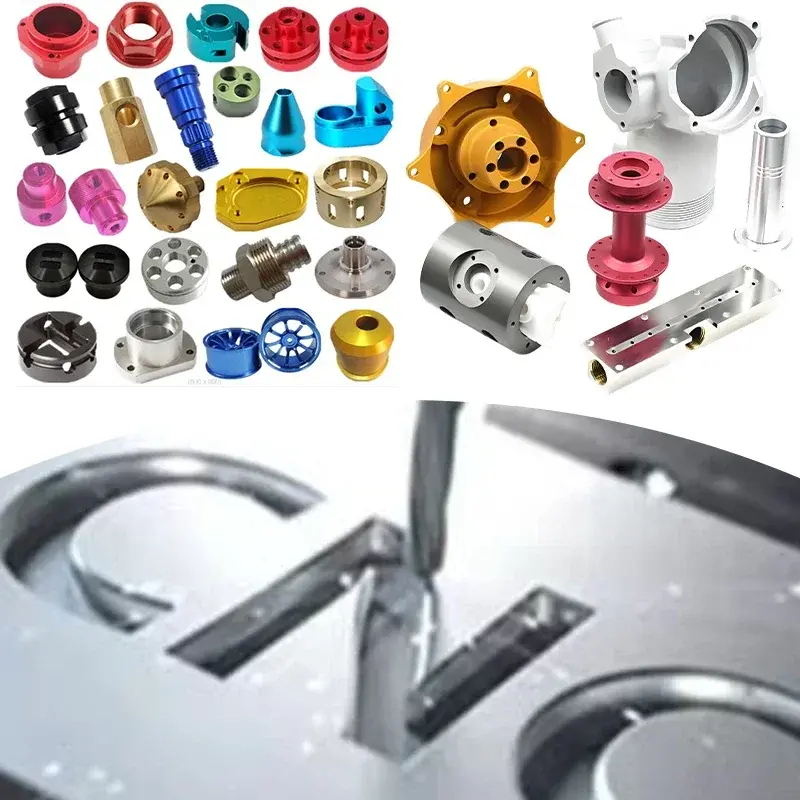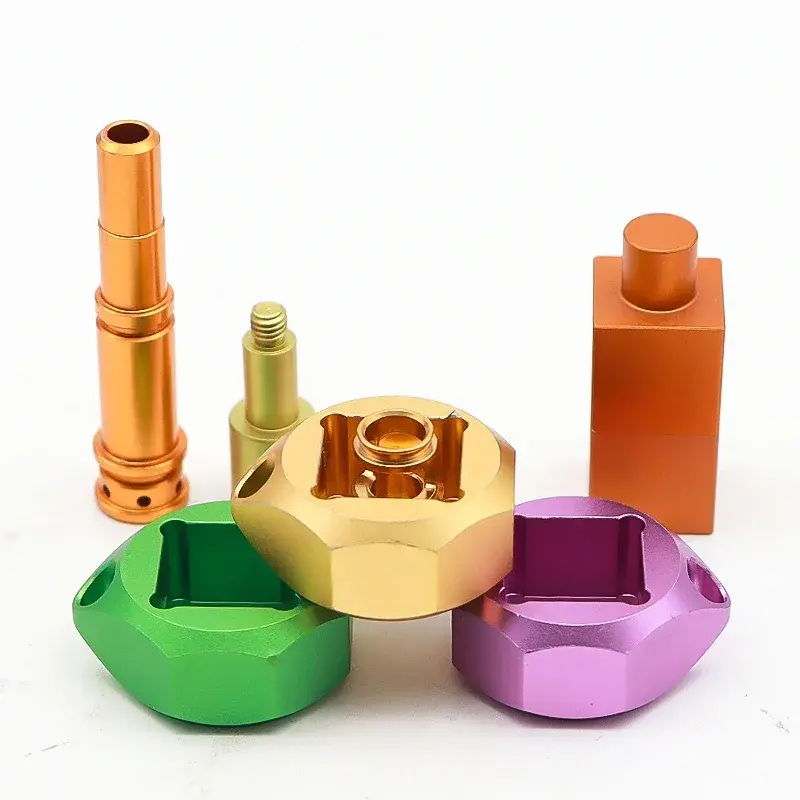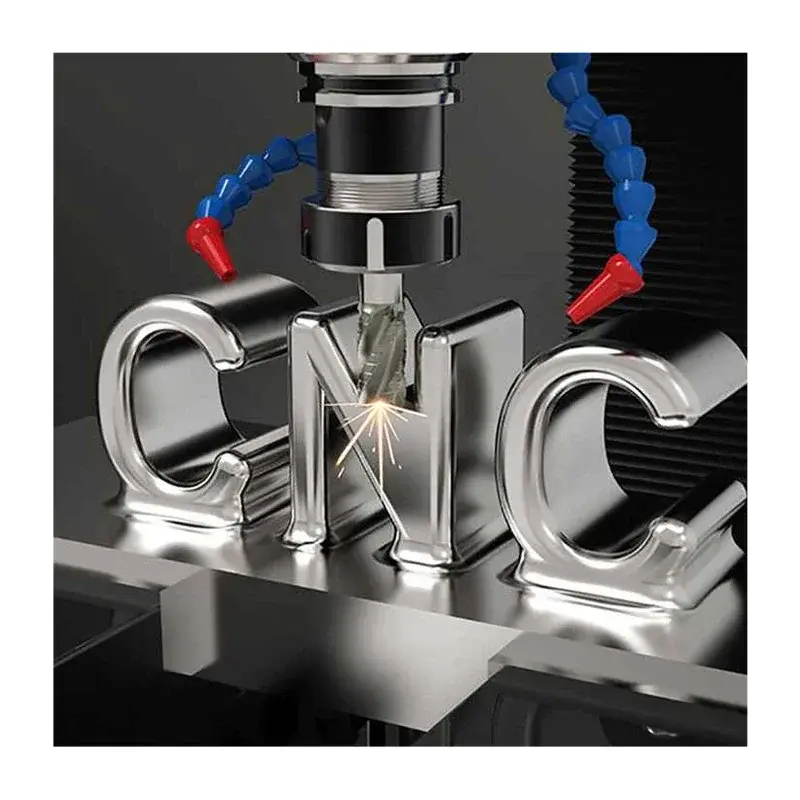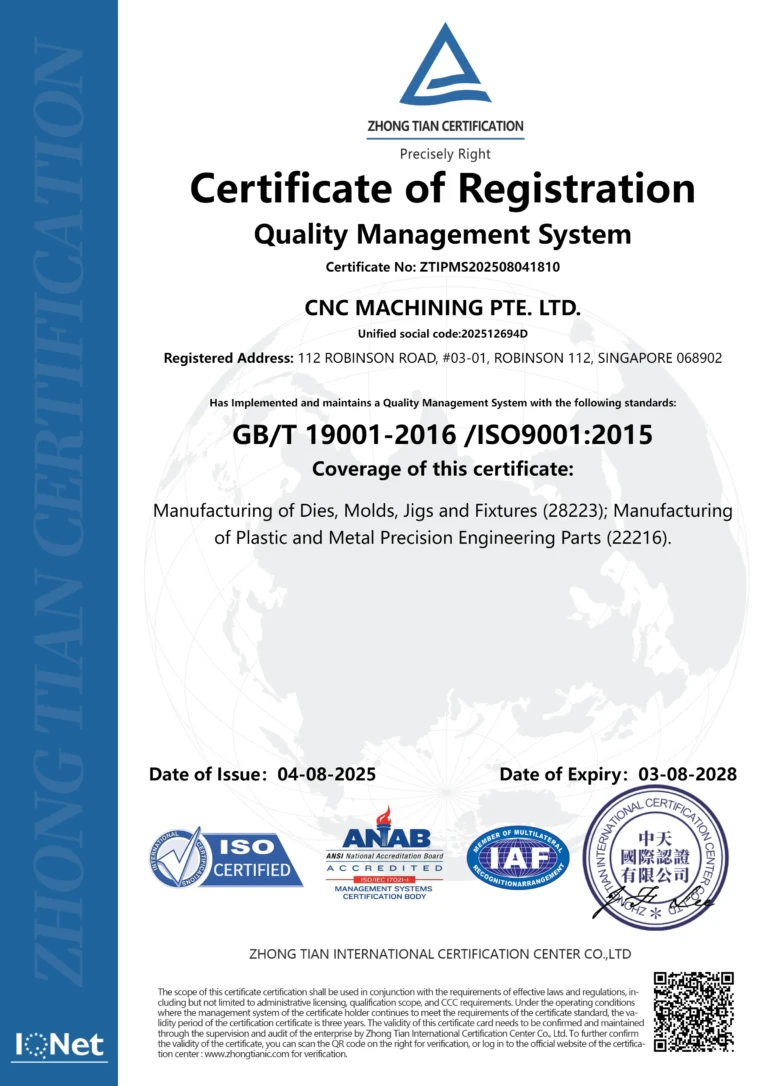Benefits of a 3D Printed Metal Arpeggione
1. Precision and Customization
3D printing allows for meticulous reproduction of the arpeggione’s intricate design, ensuring each component meets exact specifications. This precision facilitates customization to accommodate individual musicians’ preferences, such as neck dimensions and body contours.
2. Enhanced Durability
Metal 3D printing produces robust instruments capable of withstanding environmental factors like humidity and temperature fluctuations, which can adversely affect traditional wooden instruments. This durability extends the instrument’s lifespan and maintains its tonal integrity over time.
3. Weight Optimization
Advanced design software enables the creation of internal lattice structures, reducing the instrument’s weight without compromising strength. This optimization enhances playability and comfort for musicians.
4. Rapid Prototyping
The digital nature of 3D printing accelerates the prototyping process, allowing for swift iterations and modifications. This efficiency is particularly beneficial in refining the arpeggione’s design to achieve desired acoustic properties.
Production Process of a Metal 3D Printed Arpeggione
1. Design and Modeling
The process begins with creating a detailed 3D model of the arpeggione using computer-aided design (CAD) software. This model includes all components, such as the body, neck, and internal structures, and allows for simulations to predict acoustic performance.
2. Material Selection
Choosing the appropriate metal is crucial. Common options include:
- Stainless Steel (e.g., 316L): Offers excellent corrosion resistance and strength.
- Aluminum Alloys (e.g., AlSi10Mg): Known for lightweight properties and good mechanical strength.
- Titanium Alloys (e.g., Ti6Al4V): Provide high strength-to-weight ratios and biocompatibility.
Each material imparts distinct tonal characteristics and requires specific printing parameters.
3. Printing
The selected metal powder is loaded into a 3D printer that utilizes technologies such as Selective Laser Melting (SLM) or Electron Beam Melting (EBM). These processes involve:
- Layering: Spreading thin layers of metal powder.
- Melting: Using a laser or electron beam to fuse particles according to the 3D model.
- Repetition: Repeating the layering and melting process to build the instrument layer by layer.
Printing parameters, including laser power, scan speed, and layer thickness, are meticulously controlled to achieve desired mechanical properties and surface finish.
4. Post-Processing
After printing, the arpeggione undergoes several post-processing steps:
- Heat Treatment: Relieves internal stresses and enhances mechanical properties.
- Surface Finishing: Processes like machining, polishing, or sandblasting improve aesthetics and playability.
- Assembly: If printed in separate components, parts are assembled, and additional elements like strings and fittings are installed.
Technical Parameters and Key Considerations
1. Tolerances
Achieving precise dimensions is vital for the instrument’s functionality and sound quality. Typical tolerances for metal 3D printing are within 1% of the overall dimension, with a minimum of 0.5 mm. Tighter tolerances may be attainable through meticulous process control and post-processing.
2. Surface Roughness
The as-printed surface may exhibit roughness affecting aesthetics and acoustics. Post-processing techniques like polishing are employed to achieve the desired smoothness.
3. Acoustic Properties
Metallic materials differ acoustically from wood, influencing the instrument’s sound. Design modifications and material selection are crucial to replicate the traditional arpeggione’s tonal qualities.
4. Structural Integrity
Ensuring the instrument can withstand string tension and playing stresses is essential. Finite Element Analysis (FEA) during the design phase helps predict and enhance structural performance.
Precautions
- Material Handling: Metal powders can be hazardous; proper safety protocols, including protective equipment and ventilation, are necessary.
- Thermal Management: Controlling heat input during printing prevents warping and residual stresses.
- Quality Control: Regular inspection and testing throughout the production process ensure the instrument meets all specifications and performance standards.
Metal 3D Printing Materials: Properties and Performance
A variety of metals are suitable for 3D printing, each offering unique properties:
1. Stainless Steel (e.g., 316L)
- Color: Silvery-gray.
- Tolerances: Typically within 1% of dimensions.
- Properties: High corrosion resistance, good mechanical strength, and biocompatibility.
- Performance: Ideal for durable components requiring resistance to environmental factors.
2. Aluminum Alloys (e.g., AlSi10Mg)
- Color: Silvery-white.
- Tolerances: Approximately 1% of dimensions.
- Properties: Lightweight, good thermal conductivity, and decent strength.
- Performance: Suitable for lightweight structures where weight reduction is critical.
3. Titanium Alloys (e.g., Ti6Al4V)
- Color: Metallic gray.
- Tolerances: Close tolerances achievable with proper control.
- Properties: High strength-to-weight ratio, excellent corrosion resistance, and biocompatibility.
- Performance: Used in high-performance applications requiring superior strength and low weight.
4. Nickel-Based Super Alloys (e.g., Inconel 718)
- Color: Metallic gray to silvery.
- Tolerances: Typically within 1-2% of the printed dimensions.
- Properties: Exceptional heat and corrosion resistance, high strength, and good fatigue resistance.
- Performance: Ideal for components exposed to extreme environments, such as high temperatures or aggressive chemicals.
5. Copper Alloys (e.g., C18150)
- Color: Reddish-gold.
- Tolerances: Around 1% precision in 3D printing; finer details may require post-processing.
- Properties: High thermal and electrical conductivity, good corrosion resistance.
- Performance: Preferred for applications requiring excellent heat or electrical conductivity, such as custom hardware components in musical instruments.
6. Tool Steels (e.g., H13, D2)
- Color: Dark metallic.
- Tolerances: Precise tolerances achievable with heat treatment and machining.
- Properties: High hardness, wear resistance, and ability to retain sharp edges.
- Performance: Ideal for producing frets, bridges, and other high-wear components in instruments.
7. Precious Metals (e.g., Gold, Silver)
- Color: Bright metallic tones, varying by alloy.
- Tolerances: Highly precise, depending on application and alloy.
- Properties: Superior aesthetics, corrosion resistance, and unique tonal characteristics.
- Performance: Often used for decorative or custom components in high-end instruments.
Performance Analysis of Metal 3D Printing for Musical Instruments
Acoustic Analysis
The shift from traditional materials (wood) to metal impacts sound wave propagation and tonal quality. Factors to consider:
- Resonance: Metal bodies typically offer sharper, clearer sound qualities compared to the warm, rich tones of wood.
- Damping Properties: Some metals have lower internal damping, leading to prolonged sustain.
- Customization: Layer-based printing allows precise tuning of internal cavities to replicate the desired acoustic profiles.
Structural Considerations
- Stress Points: Components like the neck and body joints undergo significant stress. Reinforcement or design modifications ensure structural integrity.
- Thermal Expansion: Thermal properties of metals can influence tuning stability; selecting alloys with minimal expansion under varying temperatures mitigates this risk.
Advanced Design Features for 3D Printed Metal Arpeggione
Internal Lattice Structures
Using lattice structures reduces weight while maintaining strength and rigidity. These can also influence the sound resonance and reduce material usage.
Embedded Sensors
With modern 3D printing techniques, sensors can be embedded into the body to monitor:
- String tension
- Vibrational frequencies
- Environmental factors like temperature and humidity
Modular Design
Creating modular components facilitates repair and replacement. Musicians can replace individual sections of the instrument without affecting the entire piece.
Challenges and Future Prospects
Challenges
- Cost: Metal 3D printing and post-processing are more expensive compared to traditional methods.
- Material Limitations: Not all metals are suitable for achieving the desired acoustic and structural properties.
- Complexity: The design and printing process requires advanced technical expertise and precise control.
Future Prospects
- Hybrid Materials: Combining metal with composite materials may yield optimal tonal and structural characteristics.
- AI-Driven Design: AI algorithms could optimize designs for better acoustics and reduced material usage.
- Widespread Adoption: As costs decrease and technology improves, 3D printed metal instruments may become more accessible.
Summary
The 3D Printed Arpeggione in Metal represents a fusion of historical artistry and cutting-edge technology. With advancements in metal 3D printing processes, material science, and post-production techniques, this instrument embodies durability, precision, and innovation. By exploring the use of metals like stainless steel, titanium, and aluminum, manufacturers can craft arpeggiones that are not only robust but also acoustically superior.
Great Light offers end-to-end solutions for metal 3D printing, including precision production, post-CNC finishing, and comprehensive support for both small-scale prototypes and large-batch manufacturing. Whether you seek to innovate musical instruments or other precision components, we provide unparalleled expertise to bring your ideas to life.
For more information and to explore our services, contact us today and discover how 3D printing can redefine your creative projects.
